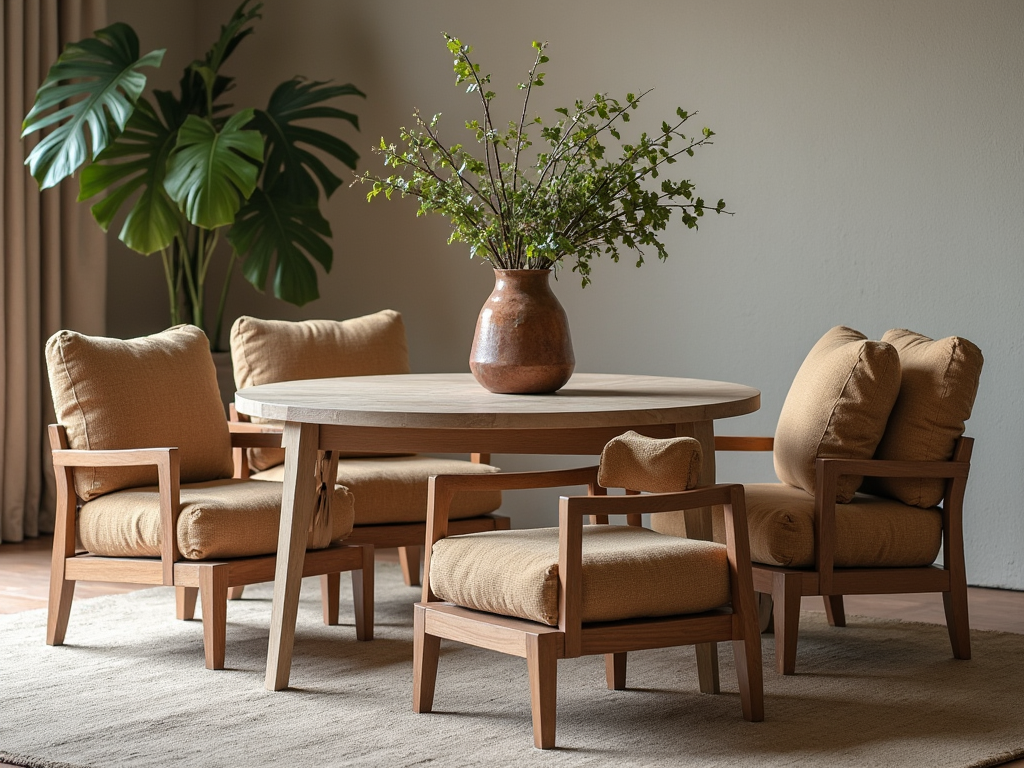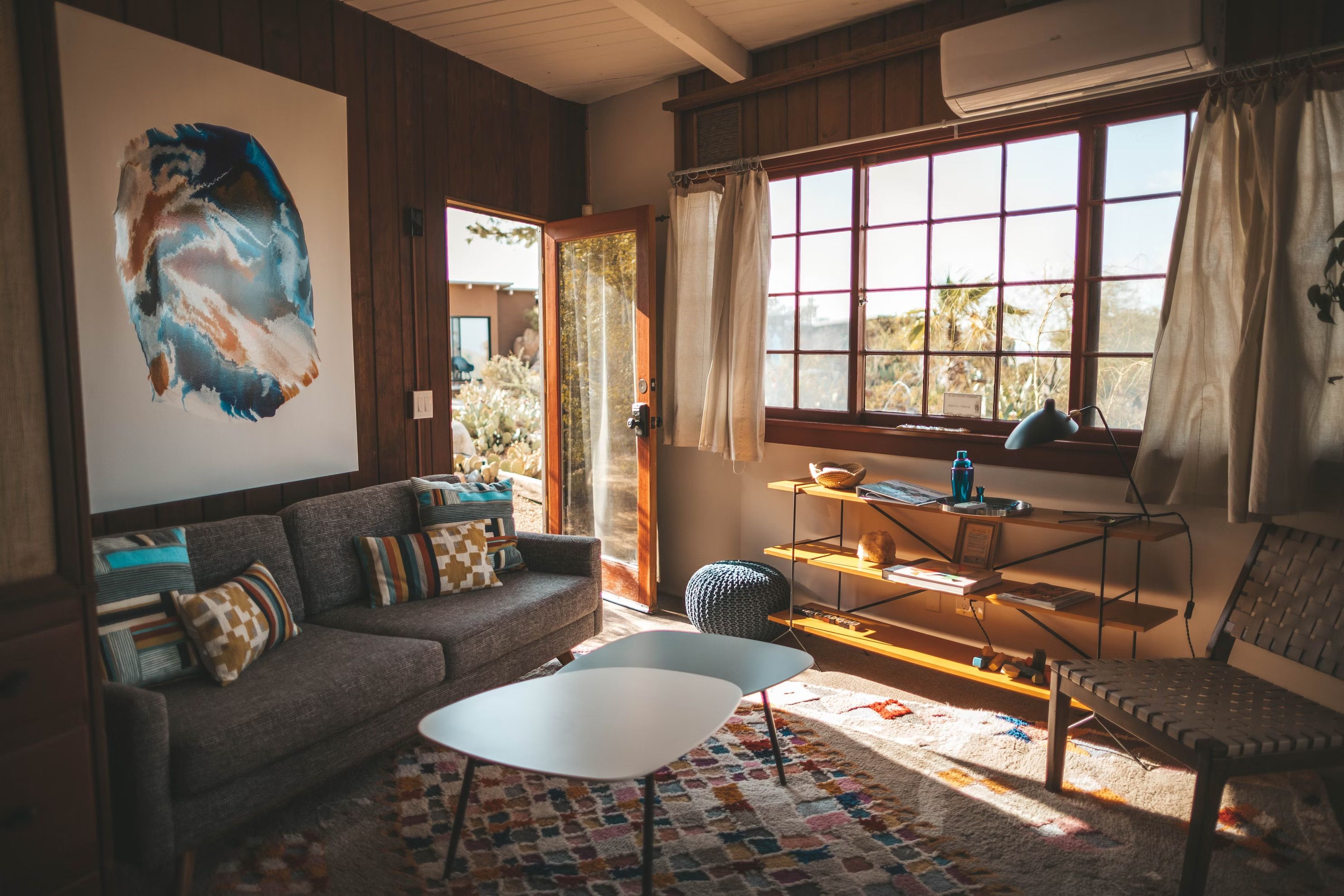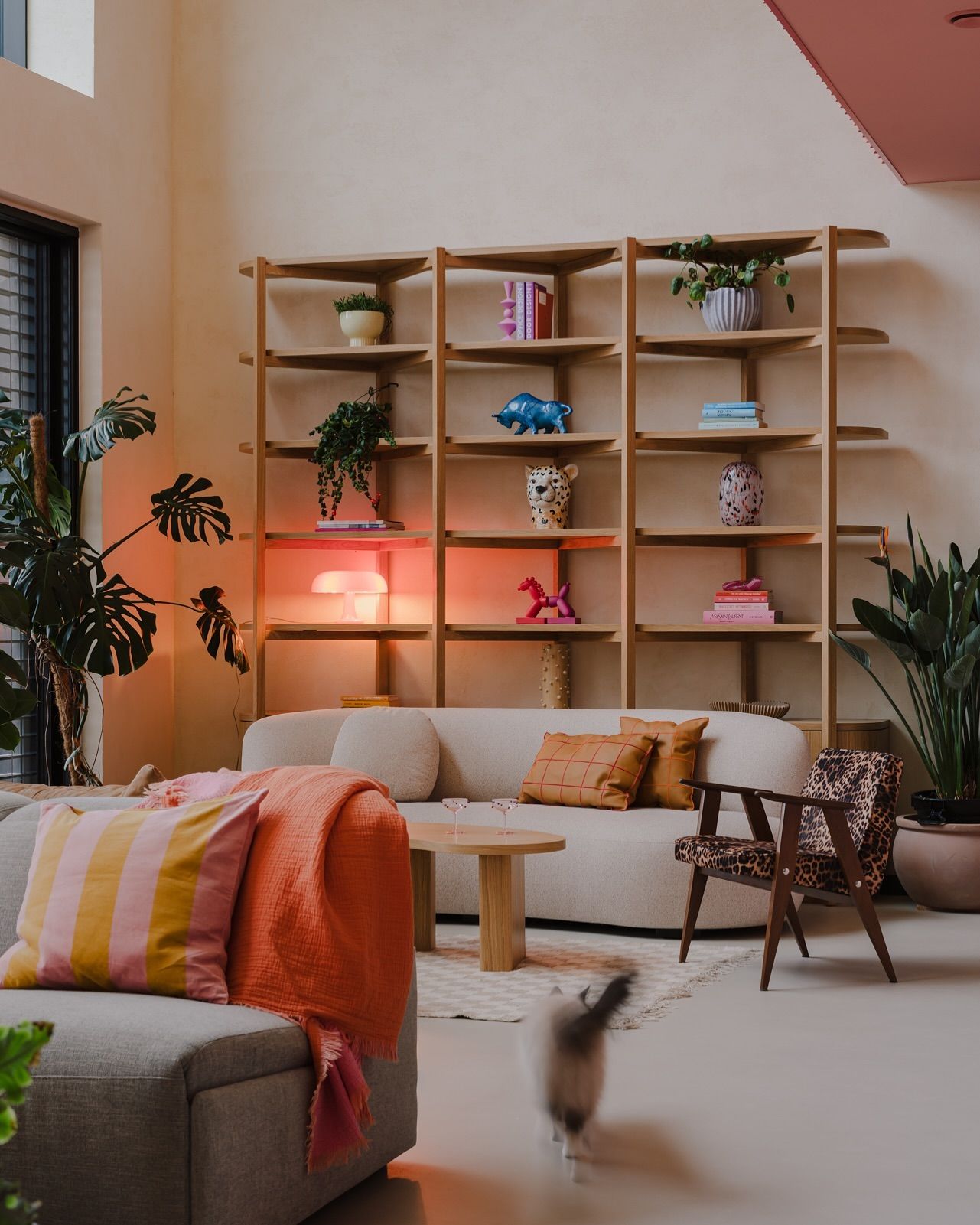Category Overview
Introduction
Composters serve a pivotal role in transforming organic waste into nutrient-rich compost, promoting sustainable living right from your home. In today’s eco-conscious world, having a composter not only reduces household waste but also enriches your garden or potted plants with essential nutrients. Beyond its utilitarian function, a composter encourages an engaged and hands-on approach to sustainability, enhancing your everyday life by making gardening and landscaping more fruitful and enjoyable.
Functionality
The primary function of composters is to facilitate the decomposition of kitchen scraps—like fruit peels, vegetable trimmings, and even yard waste—into valuable compost that can be utilized as fertilizer. You can place these composting units outdoors in your backyard or on patios, turning waste into a resource for flower beds or vegetable gardens. Many modern composters come equipped with features like odor control systems or tumbling mechanisms for faster decomposition. Some designs are compact enough for balcony use, making them suitable even for urban dwellers with limited space.
Design & Style
Composters come in various styles and materials to suit any outdoor aesthetic. Common materials include weather-resistant wood or sturdy plastic, while metal options offer industrial appeal. You can find designs that range from rustic wooden bins perfect for farmhouse setups to sleek modern composters that fit seamlessly into contemporary outdoor spaces. Customization is also possible; consider going for painted finishes or unique shapes that match your garden decor theme—be it organic and earthy or clean and modern. A decorative composter not only serves a purpose but can also enhance the visual appeal of your backyard environment.
Practical Considerations
When selecting the right composter for your home, consider factors such as size (to fit available space), material durability (how it withstands the elements), and usage needs (whether you want simple kitchen scrap collection or a feature-rich unit). It’s wise to avoid common pitfalls like overloading the bin too fast or ignoring aeration needs, which can affect the quality of the compost produced. Maximizing functionality often involves placing the composter in a location that’s both convenient for adding scraps and near where you’ll be using finished compost in your gardening projects.
Comparison and Alternatives
When comparing materials, wooden composters provide natural aesthetics but may require more maintenance than plastic ones which are durable and often easier to clean. Round models may allow better aeration compared to rectangular ones suited for tight spaces; however, round bins might take up more room overall. To decide on design based on your space: if you have limited room on a patio, opt for vertical stackable options; in larger gardens where appearance matters less, traditional bins will work fine without compromising functionality.
Trends and Popular Items
Recent trends highlight an increased interest in vertical composting systems designed specifically for small spaces or urban settings—perfect as garden accessories while promoting sustainability efforts at home! Additionally, community-centric composting solutions are gaining traction as neighborhoods engage collectively around eco-friendly practices. Consumer favorites often include dual-chamber units that allow users to manage two batches simultaneously—ideal for maintaining continuous supply! The rise of aesthetically pleasing yet functional designs points toward an exciting future where sustainability harmonizes beautifully with style at home. Incorporating a composter into your routine not only cultivates rich soil but contributes positively towards reducing landfill waste—a rewarding endeavor that effortlessly enhances both lifestyle and environment!


